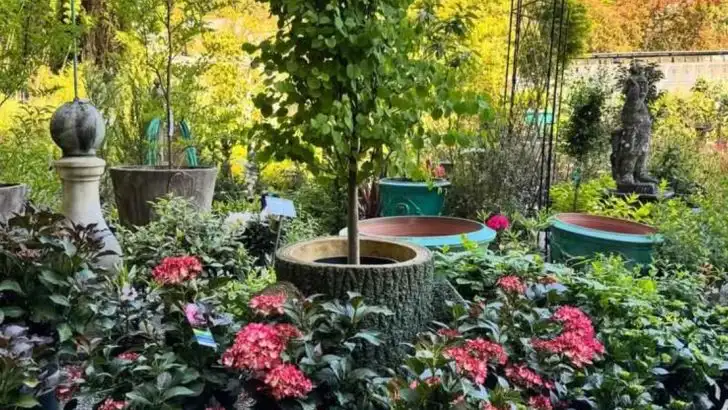We often see the garden as an escape from stress—but what if your stress follows you in? Emerging research and ancient traditions both suggest that plants respond to human presence, and even to the emotional states we carry.
It’s not just poetic. Studies have shown shifts in leaf conductivity, growth patterns, and even chemical signals when plants are regularly exposed to calm versus anxious caretakers. And many gardeners have intuitively felt this—when your energy is scattered, your garden seems… off.
In this article, we’ll explore the subtle but powerful feedback loop between humans and plants, and how tending your inner state may be just as important as watering or pruning. Because sometimes, the garden doesn’t just grow from you—it grows with you.
Sensitive Plants
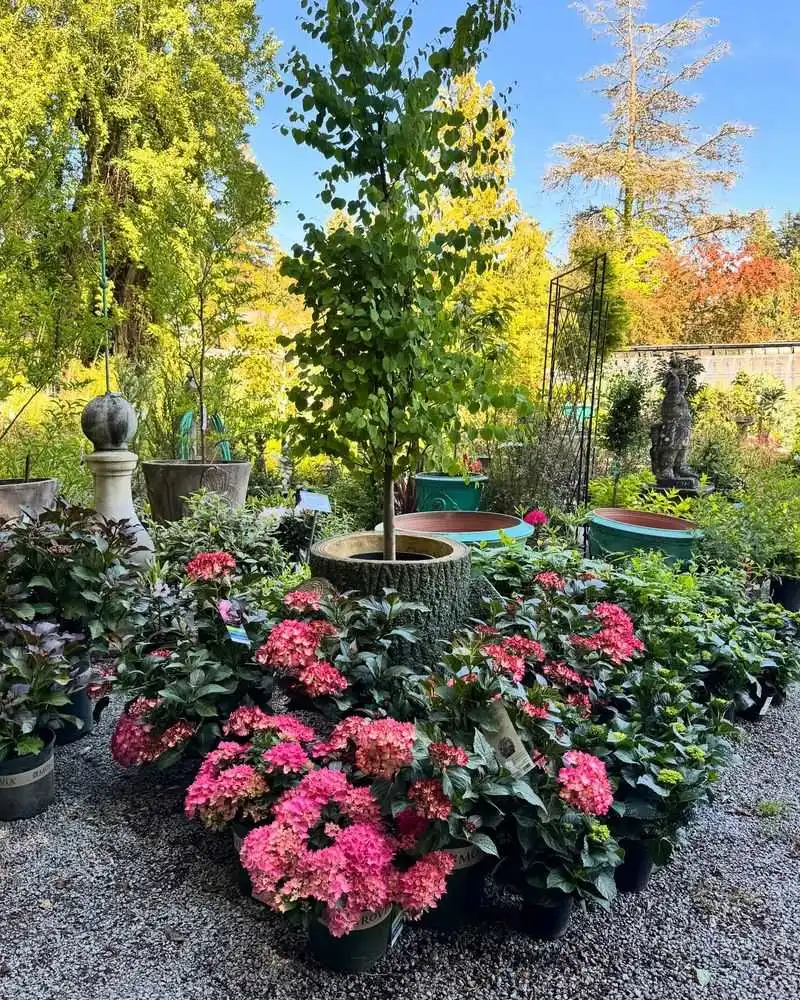
Imagine a plant that recoils when gently touched—it seems almost mythical. Mimosa pudica, or the sensitive plant, does just that. Each leaf folds inward at the slightest touch, a defense mechanism against herbivores.
This fascinating response doesn’t stop at physical contact. Changes in your emotional state can affect the plant’s behavior too. A calm presence might result in less dramatic reactions, hinting at a subtle connection between plant and caretaker.
Did you know? This plant has intrigued scientists for centuries, with its first recorded observation in the 18th century.
Spider Plants’ Air Purifying Abilities

Spider plants are celebrated for their air-purifying prowess. Not only do they remove toxins like formaldehyde and xylene, but they seem to thrive on human interaction.
Research suggests that plants, such as this one, may perform better in environments where they are appreciated and cared for. Your presence might just be the secret ingredient to their success.
Fun fact: NASA included the spider plant in its Clean Air Study, proving its effectiveness in improving indoor air quality. It’s more than just a pretty face.
Philodendron’s Adaptability
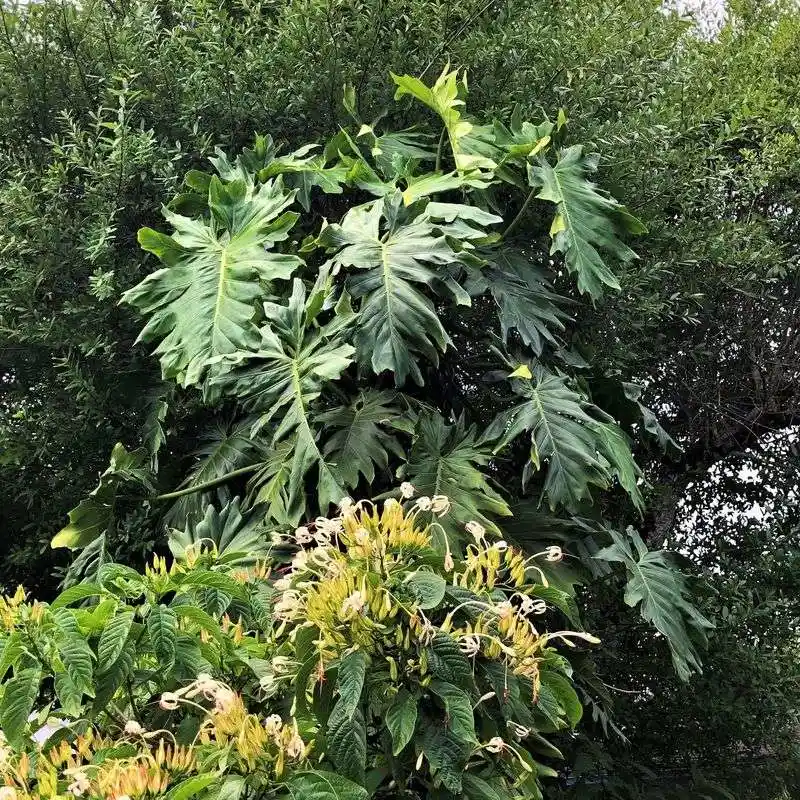
Known for its hardiness, the Philodendron adapts remarkably well to change. Whether it’s fluctuating light or your shifting moods, this plant remains unfazed.
Some believe that a thriving Philodendron reflects a harmonious environment. When you’re stressed, its growth might slow, acting as a green barometer for your emotional climate.
Intriguingly, this plant has been a staple in homes since the Victorian era, symbolizing prosperity and resilience. It’s a silent companion that mirrors your life’s ebbs and flows.
Lavender’s Calming Influence
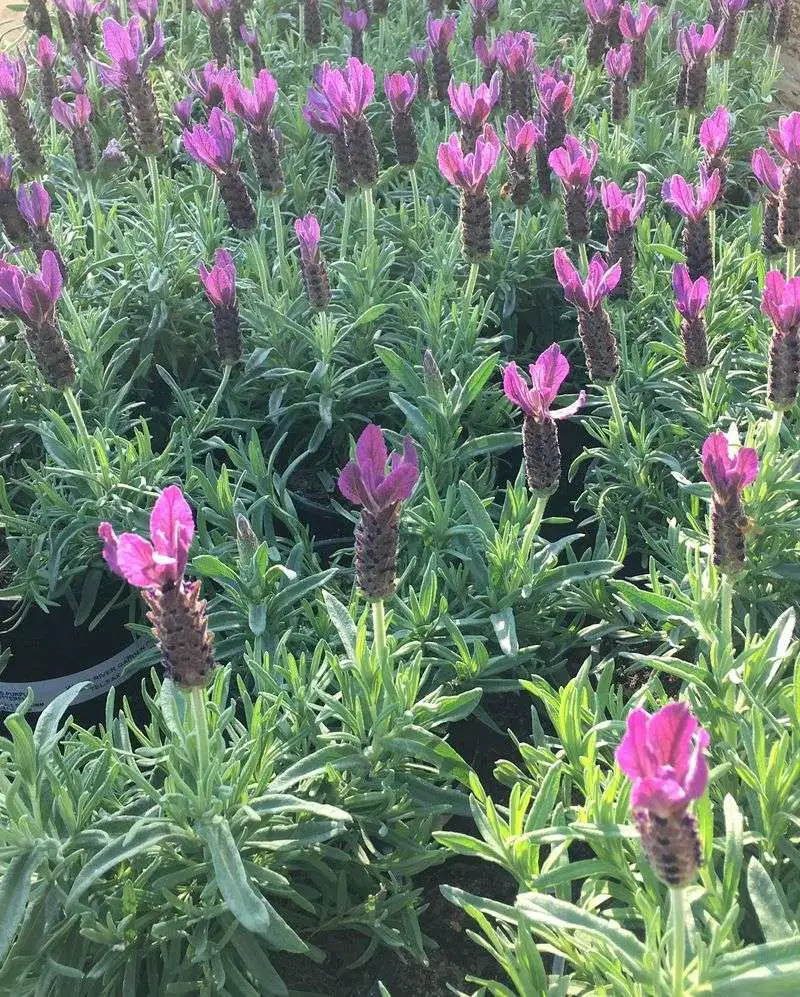
Lavender is synonymous with relaxation, and its fragrant blooms are known to soothe even the most frazzled nerves.
Some gardeners swear that lavender thrives best when its caretaker is at peace. Your calm energy might just be the nurturing force it needs.
Historically, lavender has been used in aromatherapy and medicine for its calming properties, dating back to ancient Roman times. It’s a timeless ally in the quest for tranquility.
Fiddle Leaf Fig’s Emotional Sensitivity
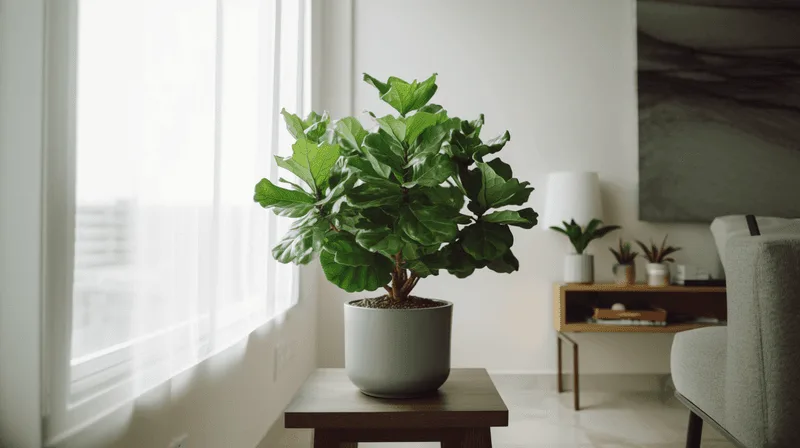
The Fiddle Leaf Fig is notorious for its finicky nature. When tension fills the air, its broad leaves might droop, almost mimicking the mood of its surroundings.
Owners often find that consistent care and a stable environment lead to a thriving plant. It’s as if this fig requires emotional harmony to flourish.
A popular choice for interior decor, its sensitivity has made it both a challenge and a reward for attentive caretakers. Observing its responses can offer insights into your own emotional state.
Peace Lily’s Stress Indicators
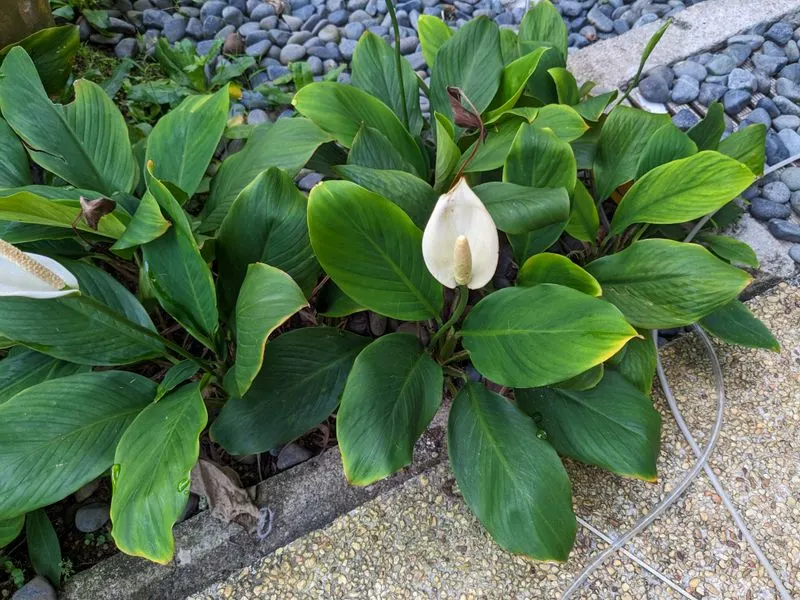
Peace Lilies are masters at indicating stress. Wilted leaves often signal a need for water, but they can also reflect emotional tension in the air.
Those who nurture peace lilies often report a plant that mirrors their state of mind. When tranquility reigns, the plant stands tall and vibrant.
Interestingly, the Peace Lily is not only a barometer of emotional climates but also a proven air purifier, adding to its appeal as a household companion.
Aloe Vera’s Healing Bond
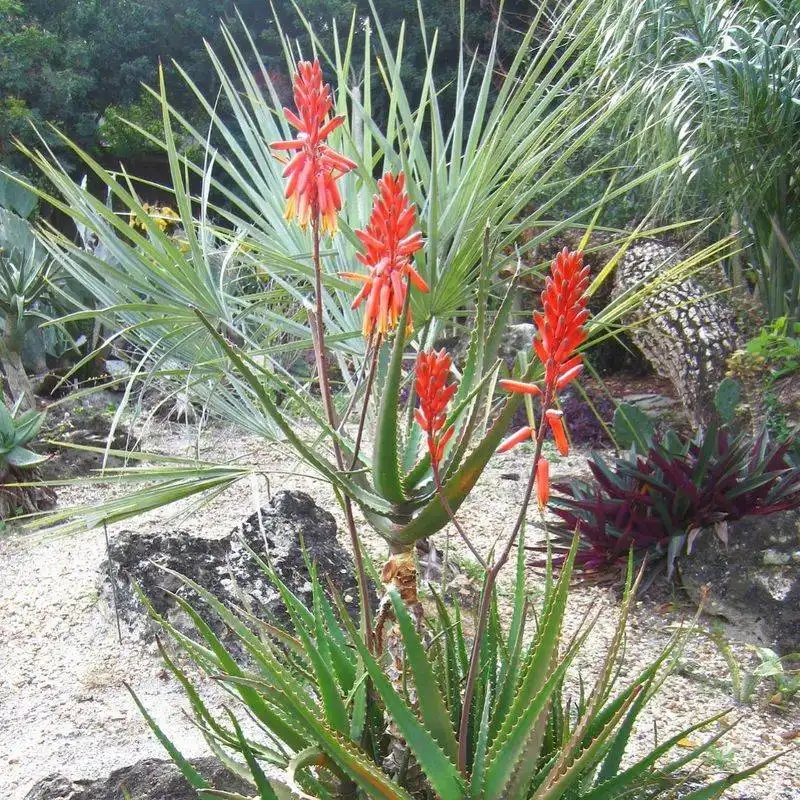
Aloe Vera is renowned for its soothing properties, both for skin and spirit. Many believe that its growth accelerates in a nurturing environment.
This resilient plant doesn’t just heal physical wounds; its very presence can be comforting. Cultivating aloe often leads to a gentle, mutual strengthening between plant and person.
Fun fact: Aloe Vera has been used in traditional medicine for thousands of years, with its first recorded therapeutic use dating back to ancient Egypt.

